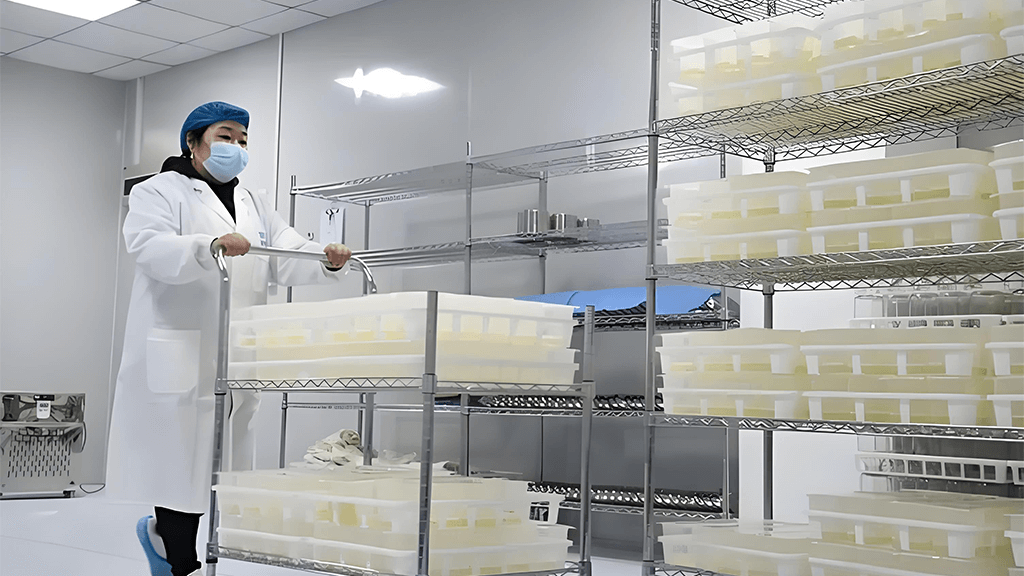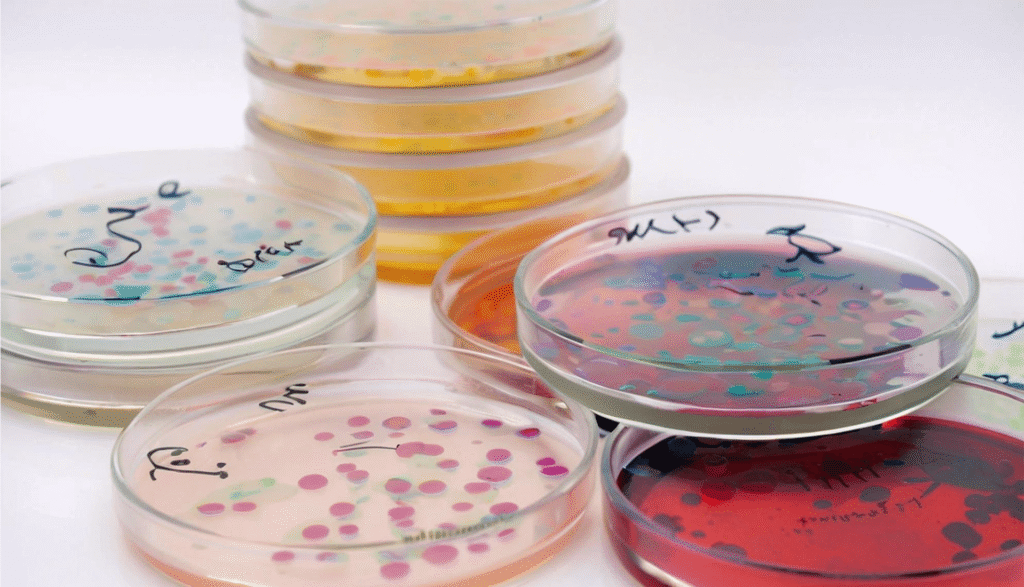Introduction: Achieving Accuracy in Microbial Cultivation
In the field of microbiology, accurate microbial cultivation is crucial for achieving reliable research results and ensuring the success of diagnostic tests. Laboratories worldwide rely on advanced laboratory solutions to grow, study, and identify microorganisms with precision. Among the most vital tools in any microbiological laboratory are culture media, and more specifically, dry powder culture media. These specialized formulations allow researchers to cultivate a wide variety of microorganisms, ensuring high levels of accuracy and efficiency in testing and research.
In this article, we explore the top laboratory solutions that are revolutionizing microbial cultivation, with a focus on how dry powder culture media is driving innovation in laboratories globally.
Why Accurate Microbial Cultivation Matters
Microbial cultivation is the process of growing microorganisms, such as bacteria, fungi, or yeast, under controlled laboratory conditions. The goal is to obtain sufficient quantities of these organisms for analysis, study, or testing. Inaccurate or suboptimal microbial growth can lead to erroneous research findings, delayed diagnostics, and costly testing errors. Therefore, precision and reliability in microbial cultivation are paramount to the success of laboratory-based applications such as:
- Clinical Diagnostics – Accurate identification of pathogens is critical for effective treatment.
- Pharmaceutical Development – Ensuring the purity and potency of microbial products.
- Environmental Monitoring – Assessing microbial contamination in air, water, and soil.
- Food Safety – Ensuring microbial safety and quality control in food products.
The quality of the culture medium used plays a significant role in the accuracy and speed of microbial cultivation. Dry powder culture media, in particular, are gaining traction for their ability to deliver high-quality results with convenience and cost-effectiveness.
Top Laboratory Solutions for Accurate Microbial Cultivation
- Dry Powder Culture Media: Precision and Convenience
Dry powder culture media have emerged as a top solution for accurate microbial cultivation. These media are easy to store, transport, and use, with a long shelf life and minimal risk of contamination. When rehydrated with the appropriate solvent, dry powder media provide a highly precise environment for microbial growth, tailored to specific organisms and research needs.
The major advantages of dry powder culture media include:
- Long Shelf Life: Powdered forms remain stable for longer periods, reducing waste and providing cost savings.
- Easy Customization: Dry powder media can be adjusted to meet the unique needs of various organisms or testing protocols.
- Consistency: The quality of dry powder media is highly reproducible, ensuring consistent results across experiments.
These benefits make dry powder media an indispensable tool for laboratories focusing on high-precision microbial studies.
- Ready-to-Use Culture Media: Streamlining Laboratory Workflows
While dry powder culture media are incredibly versatile, ready-to-use media offer unparalleled convenience. These pre-prepared media come in liquid or agar formats, ready to be used directly in the laboratory without the need for rehydration or mixing. Ready-to-use media provide the same reliability and accuracy as their powdered counterparts but are perfect for high-volume testing or situations where time is of the essence.
Benefits of ready-to-use culture media:
- Simplicity: No preparation or mixing is required, which reduces the chances of human error.
- Time Efficiency: Laboratories can reduce setup times and focus on the analysis.
- Consistency: Pre-packaged media eliminate batch-to-batch variations, ensuring uniform results across tests.
For laboratories that require rapid, hassle-free results, ready-to-use media are a game-changer.
- Selective and Differential Media: Targeting Specific Microbial Species
In microbial cultivation, selective and differential media are key to identifying specific microorganisms within a mixed culture. Selective media allow the growth of certain microorganisms while inhibiting others, whereas differential media contain indicators that help distinguish between different microbial species based on their biochemical activities.
These media are particularly useful for:
- Pathogen Identification: Selective and differential media help quickly identify harmful pathogens.
- Environmental Microbiology: Different microbial species thrive under different conditions, so specialized media can assist in studying the diversity of microbial life in various environments.
- Antimicrobial Testing: These media help determine the efficacy of antibiotics or other antimicrobial agents against specific pathogens.
By choosing the right selective and differential media, laboratories can accelerate microbial identification processes, ensuring accurate and timely results.
- Culture Media Supplements and Additives: Enhancing Microbial Growth
In some cases, microorganisms require additional nutrients or growth factors that are not present in standard culture media. Culture media supplements and additives are designed to enhance microbial growth and provide the necessary conditions for optimal cultivation.
Common supplements include:
- Vitamins and amino acids – Essential for the growth of certain bacterial species.
- Antibiotics – Used to selectively grow particular organisms while inhibiting others.
- Enzymes – To support the breakdown of specific substrates.
By integrating supplements into culture media, laboratories can improve microbial growth, reduce incubation times, and ensure the cultivation of more challenging organisms.
The Future of Microbial Cultivation: What’s Next?
The landscape of microbial cultivation is rapidly evolving. With advances in biotechnology and the growing demand for more specialized testing, laboratories are increasingly turning to customized solutions that provide greater control over microbial growth. As the need for faster, more accurate results grows, the future of microbial cultivation will be shaped by innovations in:
- Automated media preparation – Streamlining the process of mixing and preparing culture media.
- Improved media formulations – Creating new media types that can support the growth of rare or difficult-to-culture organisms.
- Smart culture media – Integrating sensors or indicators that provide real-time data on microbial growth and activity.
Customized culture media solutions are at the forefront of these advancements, and laboratories that embrace these innovations will be better equipped to meet the demands of modern research and diagnostic challenges.
Conclusion: Embracing the Future of Microbial Cultivation
Accurate microbial cultivation is essential for reliable research, diagnostics, and quality control in various industries. With the growing demand for precision and efficiency, laboratories are increasingly turning to advanced solutions such as dry powder culture media, ready-to-use media, selective and differential media, and growth supplements. These innovations are transforming the way microbial testing is conducted, ensuring that laboratories can deliver more accurate, timely, and cost-effective results.
By embracing the future of microbial cultivation, laboratories can stay at the cutting edge of research and diagnostics, helping to tackle global challenges in health, safety, and the environment.


